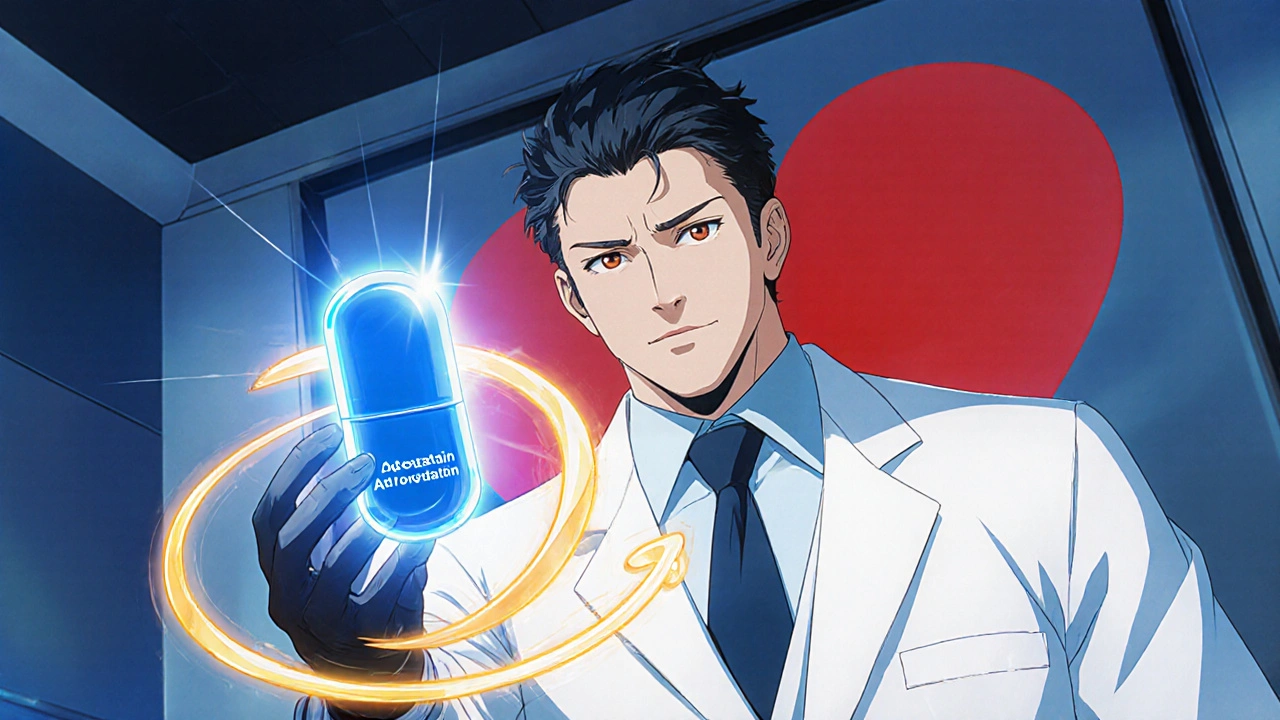When working with LDL cholesterol, the low‑density lipoprotein that carries cholesterol from the liver to the arteries. Also known as bad cholesterol, it is a key player in heart health and a major risk factor for cardiovascular disease.
One of the biggest misconceptions is that cholesterol itself is always bad. In fact, HDL cholesterol, the high‑density “good” counterpart that helps remove excess cholesterol from the bloodstream works hand‑in‑hand with LDL. When LDL levels rise and HDL stays low, the balance tips toward plaque buildup, a process known as atherosclerosis, the hardening and narrowing of arteries caused by cholesterol‑filled plaques. This is why doctors often look at the full lipid panel, not just one number.
Diet, genetics, and lifestyle each have a clear impact. Foods high in saturated fat and trans‑fat push the liver to produce more LDL, while sugars can raise triglycerides, a type of fat that, when elevated, often drags LDL levels higher. Lack of physical activity reduces HDL, leaving LDL unopposed. Stress hormones can also spike LDL production, especially in people with a family history of high cholesterol.
Managing these factors isn’t just about cutting calories. Swapping butter for olive oil, adding soluble fiber from oats or beans, and incorporating omega‑3 rich fish can lower LDL by up to 10 % without medication. Regular aerobic exercise raises HDL, which in turn helps clear LDL from artery walls.
When lifestyle tweaks aren’t enough, many turn to statins, a class of drugs that lower LDL by blocking the enzyme HMG‑CoA reductase. Statins are the most studied cholesterol‑lowering agents and have been shown to reduce heart attack risk significantly. They’re usually prescribed when LDL stays above 130 mg/dL despite diet and exercise, or when a patient has additional risk factors like hypertension or diabetes.
It’s worth noting that not all statins are the same. Some are more potent, others have fewer side effects. Your doctor will choose the right type based on your overall health profile, kidney function, and any other meds you’re taking.
Beyond statins, newer options like PCSK9 inhibitors can slash LDL dramatically for people with genetic hypercholesterolemia or those who can’t tolerate statins. These injectable drugs work by increasing the liver’s ability to clear LDL from the blood.
Whatever route you choose, regular monitoring is essential. A simple blood test every 3‑6 months lets you see how LDL, HDL, and triglycerides respond to changes. Adjustments are easier when you have current numbers.
In the articles below you’ll find deeper dives into specific supplements, medication guides, and lifestyle hacks that target LDL cholesterol. From comparing herbal extracts that may support lipid health to detailed dosing advice for blood‑pressure combos that indirectly affect cholesterol, our curated list gives you actionable insights to keep your heart in good shape.
Ready to explore practical steps, expert recommendations, and the latest research on managing bad cholesterol? Scroll down and discover the resources that match your needs.

Learn how atorvastatin lowers LDL cholesterol, reduces heart attack risk, who should take it, dosage tips, and how it compares with other heart‑protective drugs.
Read More© 2025. All rights reserved.